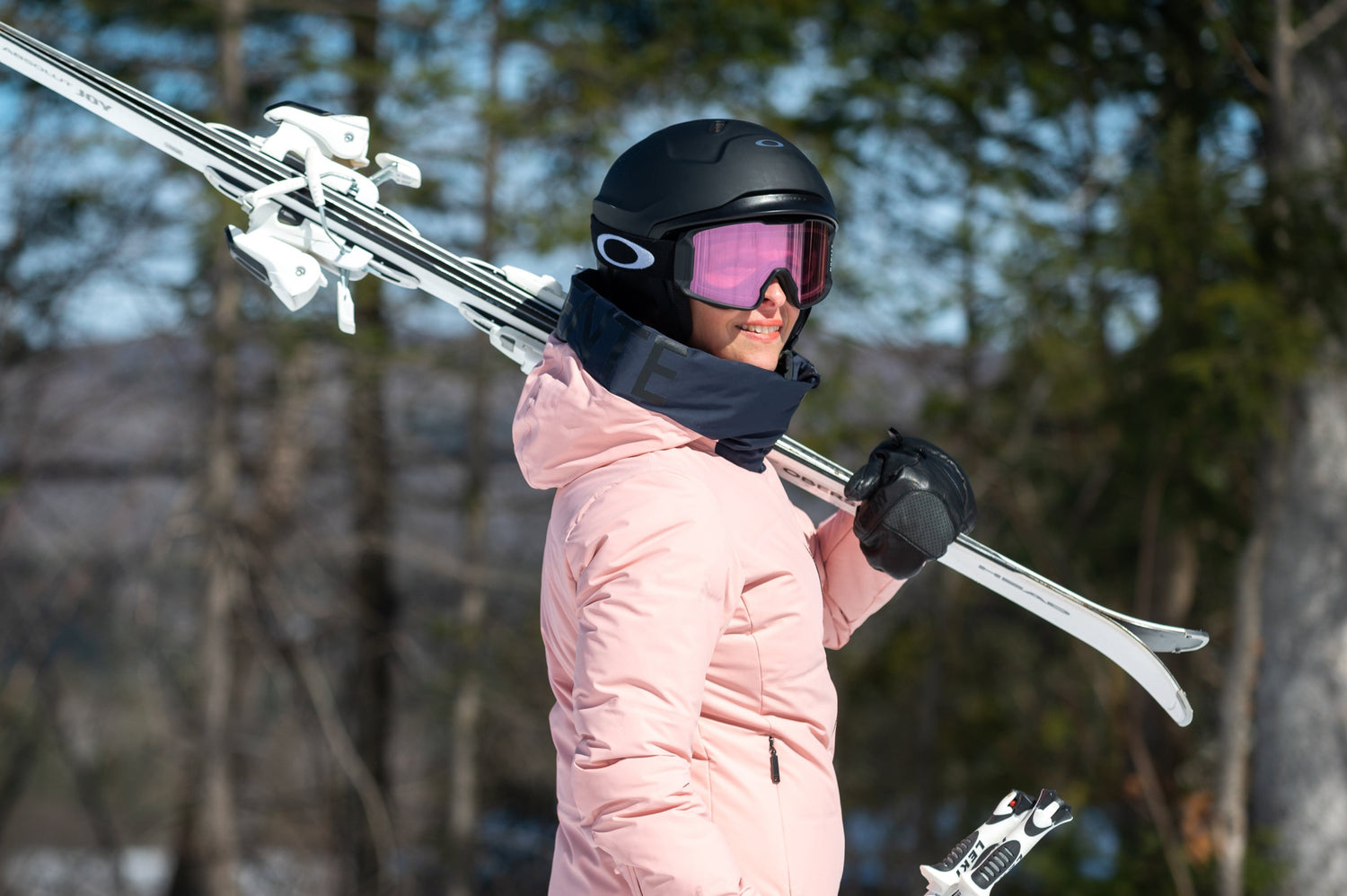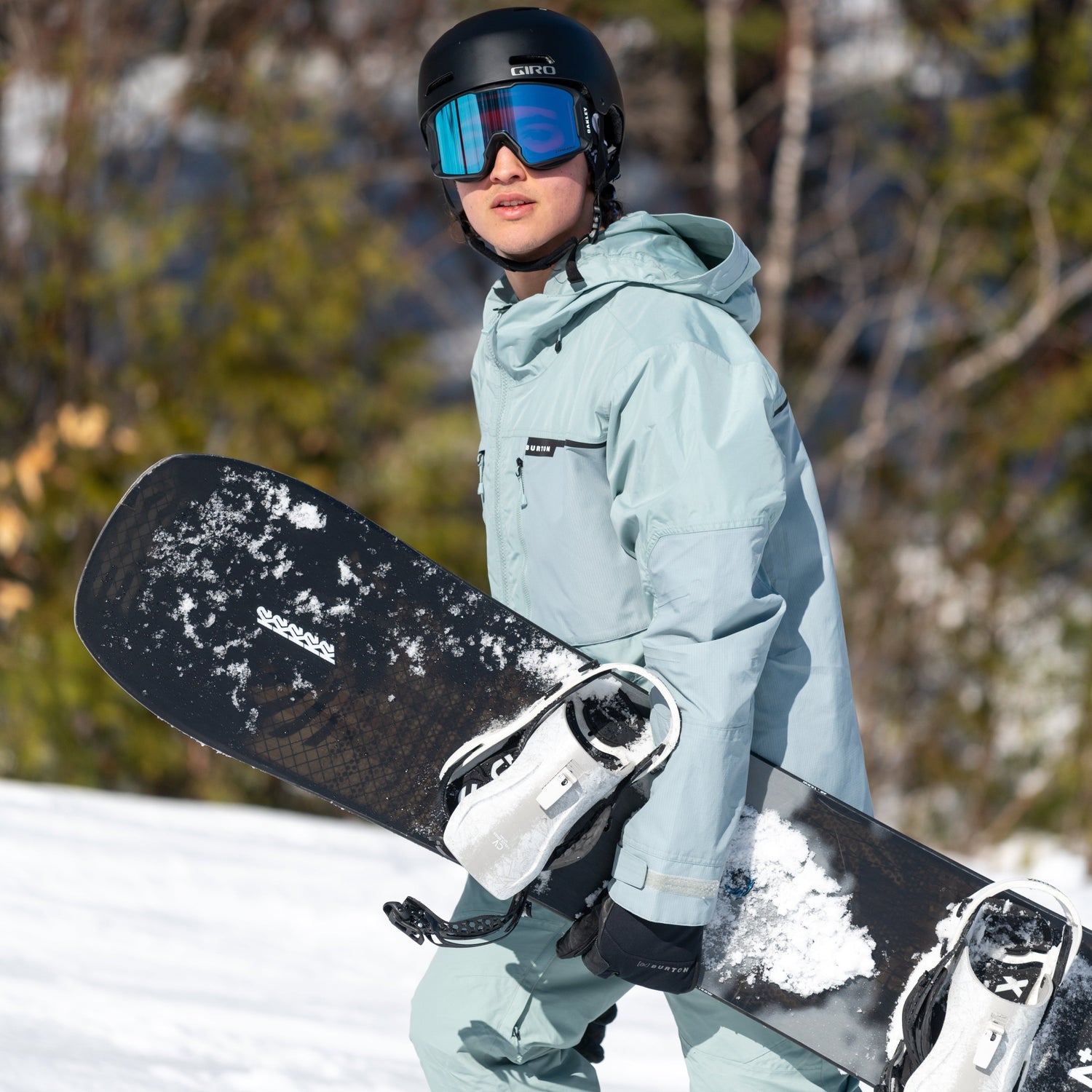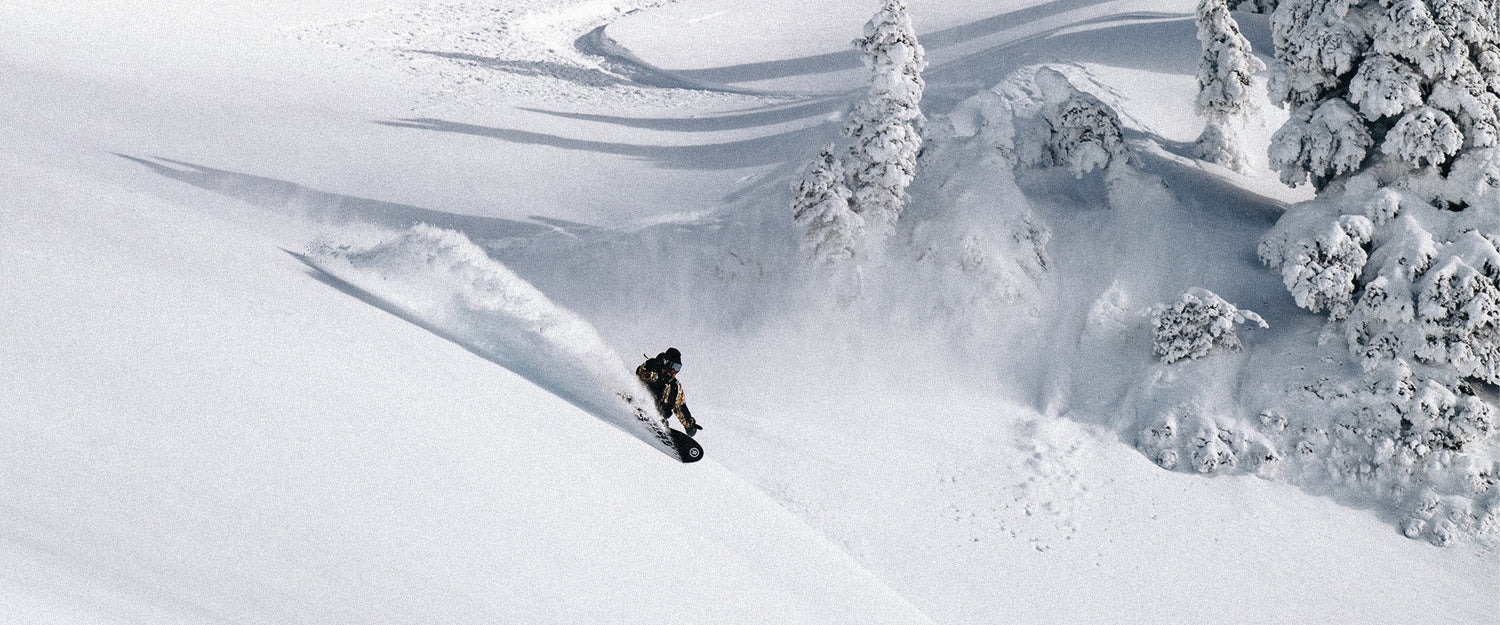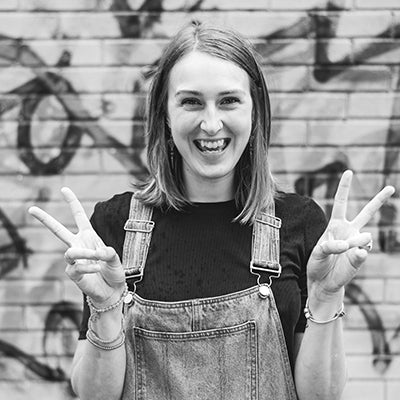1. Choose a snowboard based on your skill level
Your skill level is a key consideration. If you’re making your first purchase, a snowboard that’s not adapted to your needs won’t help you progress.
To choose your type of snowboard, you should determine whether you’re a novice, intermediate or advanced/expert rider. If you’re wondering what your skill level is, here are a few guideposts.

- Beginner
- You’ve never snowboarded before
- You can’t control your speed
- You can’t make a complete turn
- You can make a few turns but can’t really link them together
- Green and blue runs are your main destinations
- Intermediate
- You can control your speed
- You’re comfortable making turns on green and blue runs
- You’ve started venturing out onto black runs
- You explore ungroomed glades
- Expert
- You make turns on your edges
- You can control your speed anywhere, anytime
- You ride all types of terrain and conditions
- You have no limitations: you ride green, blue, black and double black runs

2. Choose based on terrain type
Once you’ve figured out your skill level, it’s time to ask yourself what your terrain of choice is for snowboarding.
- Groomers
- Glades
- Snow parks
- Powder
- A bit of everything

3. Different types of snowboards
- Freestyle
Freestyle snowboards are designed for snowboarders who mainly want to tackle features, ramps and jumps. These boards also love urban sessions. Snowboards with a softer flex are more effective on features and ramps. When you jump, stiffer boards are better at cushioning landings.

- Freeride
If you’re more of the type who wants to shred powder in trees and beside runs at ski areas, freeride snowboards are for you. This type of snowboard is stable at high speeds and can handle the steeps.

- All-Mountain
If you do a bit of everything on the mountain, an all-mountain board is your ideal choice. Whether you’re carving superb turns on groomers or exploring glades and the sides of runs, all-mountain snowboards are known for their tremendous versatility. Many flex and shape profiles are available for this kind of snowboard.
You can go with an all-mountain snowboard that’s either more freestyle or freeride oriented based on your preference.

- Splitboards
Splitboards are designed for touring. This type of snowboard splits lengthwise into two skis that allow you to climb to the mountaintops with climbing skins. When you put them back together, you can surf down the mountain.
To learn everything about splitboards, check out our article Essentials for a Splitboard Season.

4. Snowboard flex
The construction of different models varies in stiffness, both in flex and torsion. The flex profile determines a board’s manoeuvrability on various types of terrains and conditions.
The softer a board’s flex, the more forgiving and playful it will be, which is perfect for freestyle enthusiasts, snow park aficionados and powder hounds. A soft board is also a great option for beginners.
Stiffer snowboards have more pop in turns. They’re also livelier and perform well on high-speed descents and jumps. They’re a good fit for riders with a freeride-oriented style. A very stiff snowboard works better for experts who are in total control of their turns regardless of speed and the conditions.
There is a wide variety of flex profiles. In the same construction, some areas of the board are softer, and other areas are stiffer. This dynamic determines the snowboard’s entire character.

5. How to choose snowboard camber
It’s not all about your skill level and the board’s flex. Camber type also affects how your snowboard behaves on the slopes. Some cambers are also better for getting started in the sport.
- Traditional Camber
This camber goes back to the origins of snowboarding. When a snowboard is flat, it has a positive camber that raises the central area by a few millimetres. This profile is the most responsive and optimizes high-speed stability. It is also the camber that gives you the most pop.

- Reverse Camber/Rocker
Reverse camber, aka rocker, has a curved shape like a banana. That’s why Lib Tech calls this camber banana technology.
This profile makes for flowy, effortless turns. Boards built with this type of camber help beginners get started and progress during the season.
Snowboarders fond of glades and fresh powder will also find what they’re looking for with this profile. Rocker makes your board extremely nimble. It gives you incredible float and helps you weave smoothly through trees.

- Flat Camber
Flat camber is the most versatile profile. It’s a great compromise between traditional and reverse camber. It has good float in powder and outstanding edge hold on groomers.

- Hybrid Rocker-Camber
The best of both worlds! The combination of regular and reverse camber blends great handling and responsiveness. This versatile profile is highly effective on all types of terrain. Rocker-camber hybrids have outstanding edge hold and good float in freshly fallen powder.


6. Snowboard shape
Have you seen this information in a snowboard description and weren’t sure what it meant? Snowboard shape is length of each end if the snowboard were cut across the middle.
- Directional snowboard
The nose is longer than the tail. Directional snowboards are ideal for high speeds, surfing in deep powder and carving with precision and control.
- True twin snowboards
True twin snowboards have two equal sides; in other words, a symmetrical shape. They perform well in the snow park and let you ride switch easily (which means changing your front foot).
- Directional twin snowboard
Directional twin snowboards are a hybrid of both shapes. The front end is slightly longer than the rear, which is not as short as it would be on a directional board.

7. Snowboard length
You should choose the size based on three important parameters: your weight, skill level and snowboarding style (freeride, freestyle, all-mountain).
To choose the right snowboard size, read our article Choosing the Size of a Snowboard.
- Wide Boards
Wider snowboards are designed for larger riders. The toes of large boots can sometimes stick out over the board, which is something you want to avoid. Wide models exist to solve this issue.

How to Choose a Snowboard for Beginners
-
Go with a softer board that’s more forgiving of little mistakes and easier to maneuver at low speeds.
-
Choose a progression-oriented profile, such as reverse or flat camber.
-
Twin snowboards are easier to handle.
-
Combine one of these boards with more flexible snowboard boots for more mobility and easier recovery from errors.




